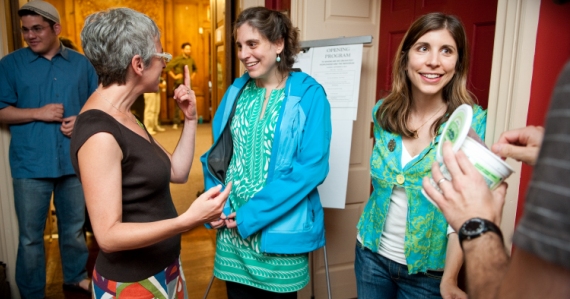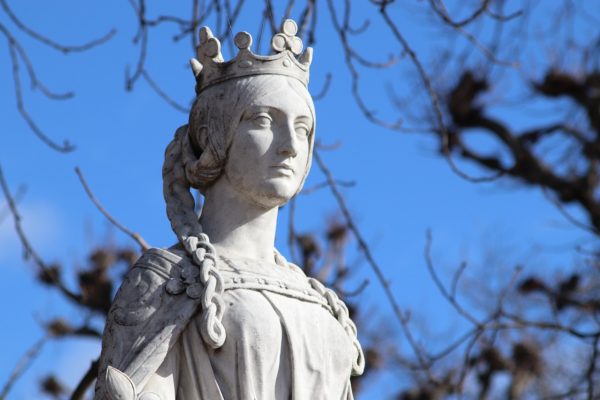The Purim story, as told in the Biblical Scroll of Esther, is about a Persian Jewish beauty queen who conceals her identity from King Ahashueros and thwarts a plan for Jewish genocide. With her uncle Mordecai’s help, Esther defeats the intentions of the villainous Haman. Before embarking on her dangerous strategy of approaching the king, however, Esther asks the community to pray and fast for three days. Ta’anit Esther, the fast of Esther, is commemorated before Purim and honors Esther’s bravery and communal leadership.
More than a Beauty Queen
Esther is both obedient and proactive. An outsider on the inside, she is clever and pious, asserts authority, and speaks truth to power. Although her beautiful features won the heart of the Persian king, Esther’s story is hardly a fairy tale. Taken away from her homeland, she joins thousands of other women to become part of the king’s harem. In this Biblical fantasy, all’s well that ends well. But the threat of genocide hangs over the romance. Esther must conceal being Jewish to win the beauty contest. Women are represented as objects of desire. Esther uses her brains—she makes a plan. As she identifies the threat against her people, she takes action and finds her own voice.
In our modern-day reality in which rape is a weapon of war and women are trafficked away from their countries of origin, we see Esther’s story in a different light. We therefore call attention to the realities of kidnapping and sexual exploitation and dedicate Ta’anit Esther to recognizing those who are silenced.
Why the Jewish Day for Justice?
As Jews, it is our responsibility to make Judaism meaningful in our own time. By observing Ta’anit Esther, we reclaim a time-honored solemn occasion that has always preceded the revelry of Purim but has been neglected in the progressive Jewish community.
In many religious traditions, carnival and contrition are partners, and the Purim story is about both danger and escape. We aim to restore the rhythm of reflection before revelry so that we may fully understand why we celebrate. Before we can turn the world upside down with masquerade, we look beneath the façade. We ask the questions: Who are we? And what is our responsibility?
On Ta’anit Esther, we devote ourselves to addressing the issues of our own time. We use this story to be mindful of what we must do and empower ourselves to make change in the world.
Today’s Esther
We celebrate the Esthers of today: women who speak out because they know it is the right thing to do; who identify suffering and bring it to the public eye; who commit to awareness and education. We honor those who take risks and put themselves on the line.
The Jewish Day for Justice honors the “Esthers” of our time and calls us to action to work for social change.
We proudly reconstruct Ta’anit Esther as the Jewish Day for Justice and invite you to take part in this very special experience.












